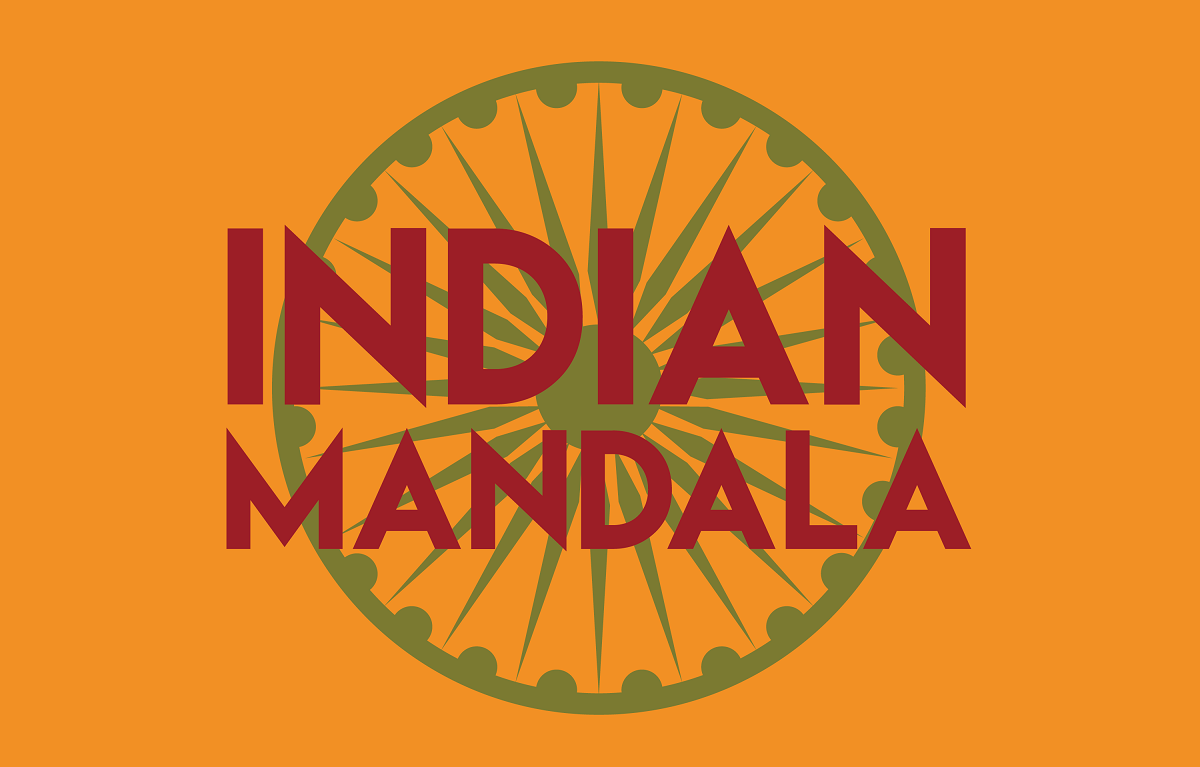Ramen crisis: Japan’s cheap dish, approaching a thousand yen a bowl
Rising costs for ingredients and labour are pushing ramen eateries over the edge. According to Teikoku Databank, 34 per cent reported losses in the last fiscal year. Price rises are now inevitable, even if many Japanese seem unwilling to spend more for Japan’s food par excellence.
Rome (AsiaNews/Agencies) – Ramen, one of Japan's iconic dishes, is increasingly becoming popular around the world.
A combination of noodles, dashi (broth), and tare (sauce) with some fat or oil and several other ingredients, the staple food has legions of fans because it is filling and, above all, very inexpensive. Or at least it was.
In Japan, ramen prices have been creating problems for the many eateries that offer the dish, which varies from region to region, this according to Teikoku Databank Ltd, a company founded in 1900 with the aim of “protecting corporations from fraud” and which today holds the largest corporate database in Japan.
Insolvencies among ramen eateries resulting in liabilities of at least 10 million yen last year jumped over 30 per cent to 72, up from 53 in 2023.
It is not only the cost of ingredients and services that weighs heavily, but also higher staff costs resulting from labour shortages, at a time when the country is experiencing a full-blown demographic winter, which hit an all-time low in 2023.
The main cause for the rising number of bankruptcies is the need to keep the price of ramen low.
The average price of a bowl of ramen is still under 700 yen (US$ 4-45), according to Teikoku Databank. But with ingredients getting more expensive, on average by more than 10 per cent in October 2024 over 2022, eateries are forced more and more to adjust their prices so that they are getting closer to the 1,000 yen (US$ 6.35) mark.
Although still cheaper than other food options, breaking the 1,000-yen barrier would be a blow to the image of this popular food, which could drive customers away.
Takatoyo Sato, manager of Menkoi Dokoro Kiraku, an eatery in Tokyo's Shimbashi business district, told Kyodo News that he last raised prices in May 2024.
The most popular dish among his local clientele is the shoyu ramen with soy sauce-based broth at 950 yen, up from 780 yen in 2021.
“I couldn't hesitate in raising prices; otherwise we'd have been in the red,” said the 52-year-old on a break between lunch and dinner service in one of the 17-hour shifts he works six days a week.
About 34 per cent of the 350 ramen eateries surveyed by Teikoku Databank reported losses in the 2023 fiscal year.
Sato said that the decision to raise prices was not well received by many regular customers. “Custom definitely fell after. People don't say it, but they think it's just ramen – that view is going to change,” he said, referring to the rising costs of serving up this dish.
In fact, some consumers are starting to change their point of view.
For Munayoshi Suzuki, a 34-year-old from Tokyo, customers have been "spoilt" by the low prices; in his view, ramen is a “non-necessity”, like alcohol or cigarettes.
Looking ahead to 2025, Teikoku Databank notes that bankruptcies could continue, with small and medium-sized businesses more reluctant than large chains to adjust their prices.
Sato is sceptical about convincing customers to pay more. “We'll just pray costs don't go up further this year,” he said.






.png)










